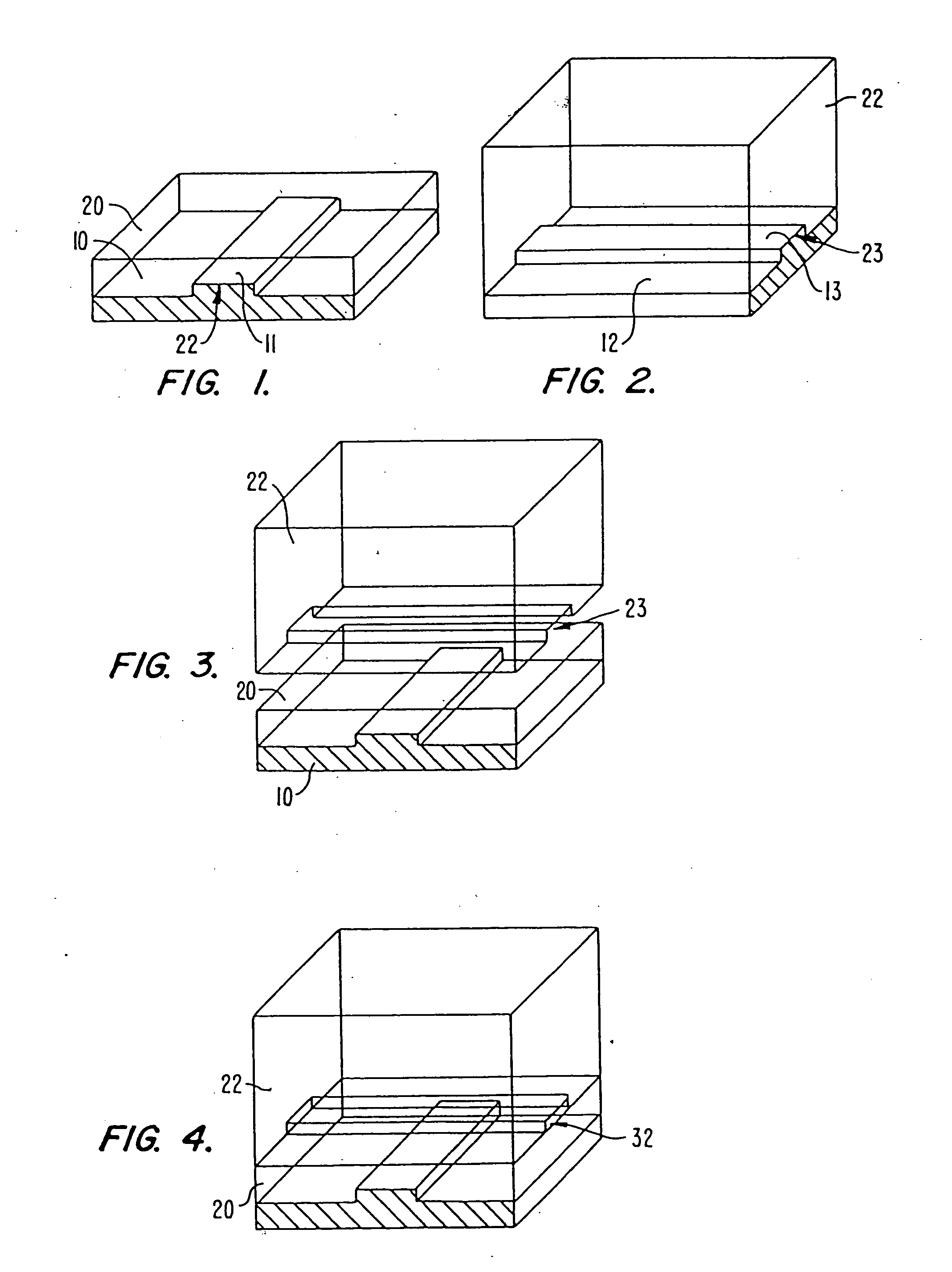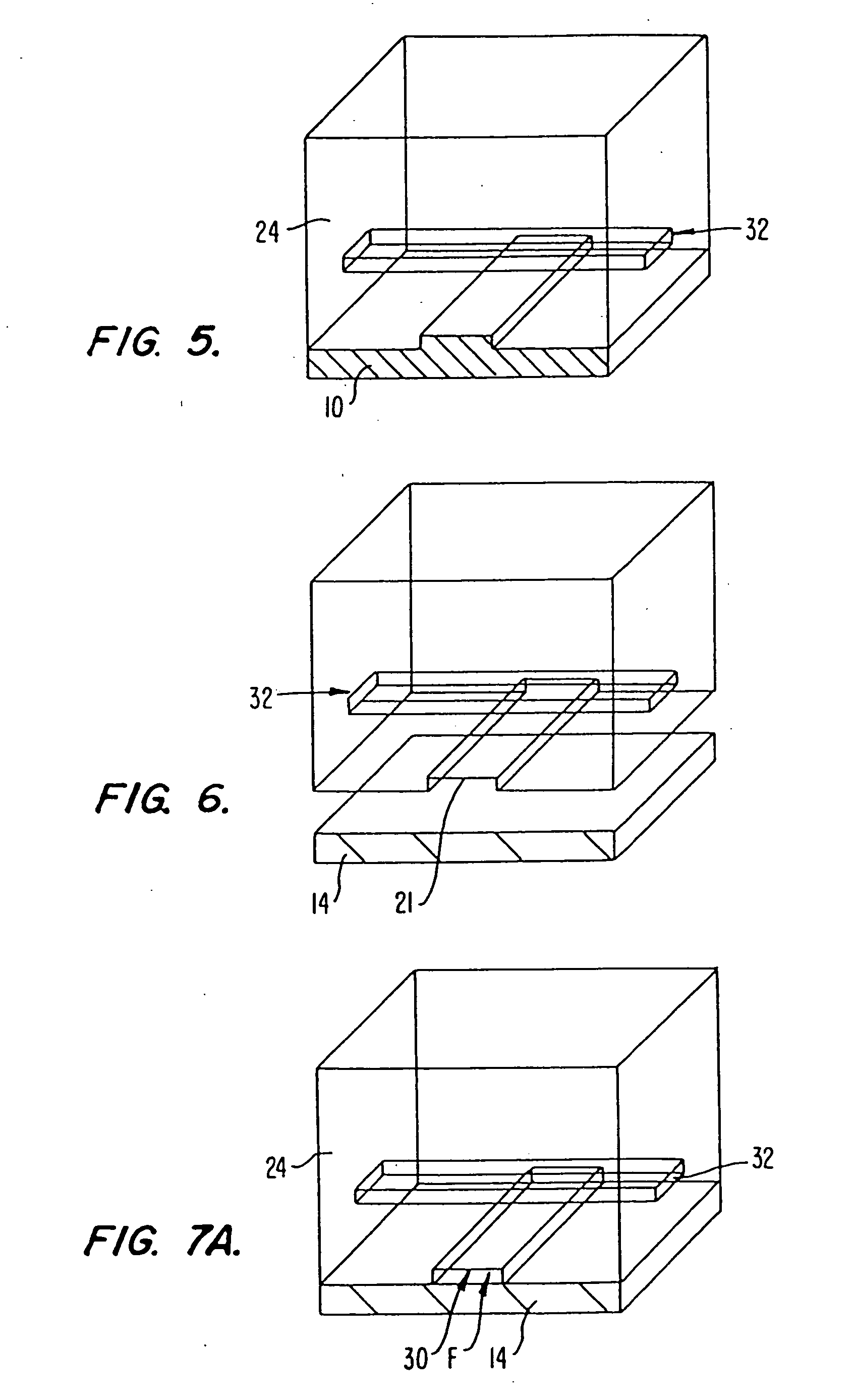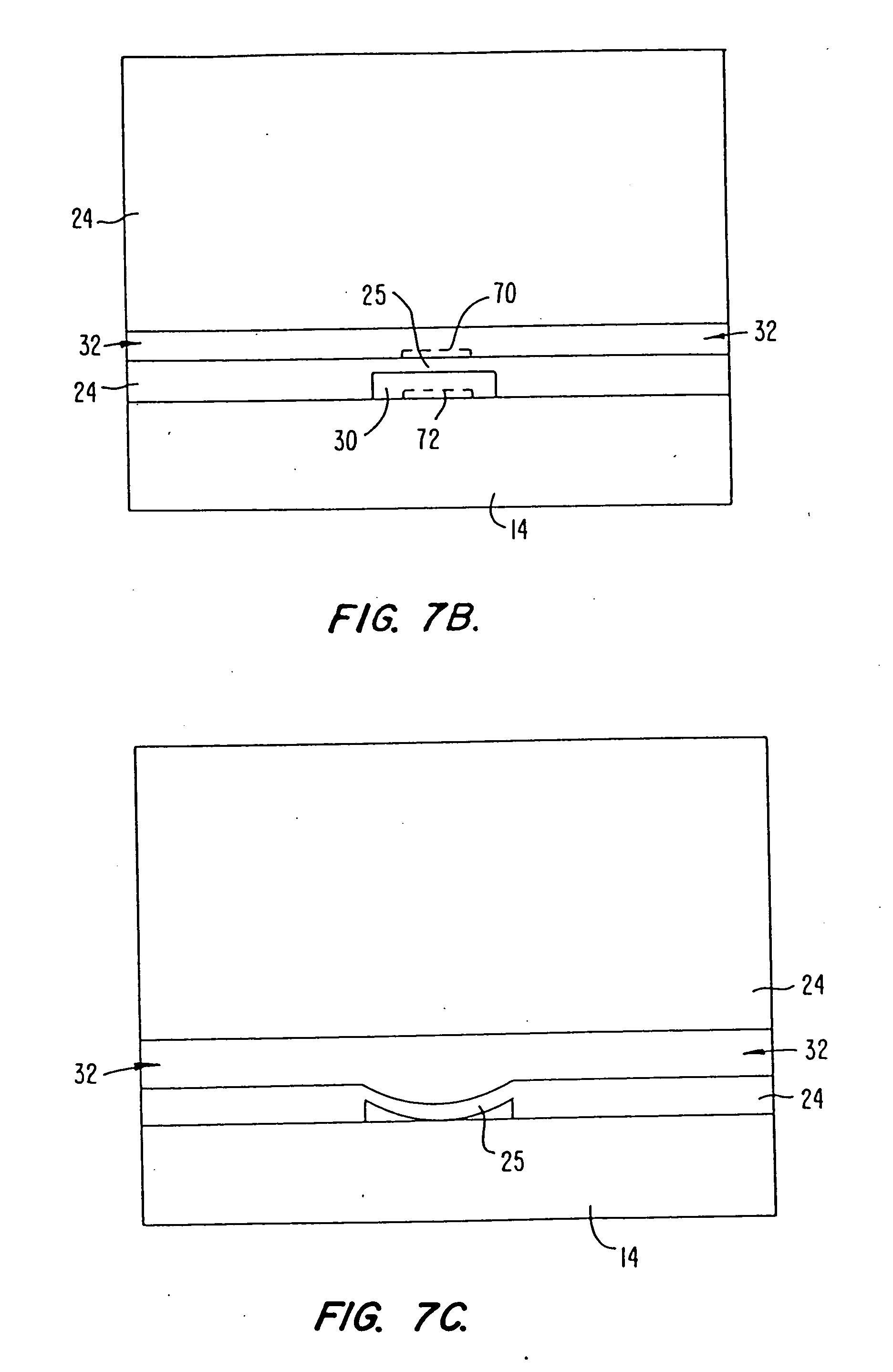Methods and apparatuses for analyzing polynucleotide sequences
a polynucleotide sequence and analysis method technology, applied in the field of methods and apparatuses, can solve the problems of time-consuming, insufficient automatic sequencers of the apparatus used in the above-mentioned methods, and numerous disadvantages of the above-mentioned methods
- Summary
- Abstract
- Description
- Claims
- Application Information
AI Technical Summary
Benefits of technology
Problems solved by technology
Method used
Image
Examples
Embodiment Construction
I. Overview
The present invention provides methods and apparatuses for analyzing polynucleotide sequences.
In some methods, the sequencing apparatuses comprise a microfabricated flow channel to which polynucleotide templates are attached. Optionally, the apparatuses comprise a plurality of microfabricated channels, and diverse polynucleotide templates can be attached to each channel. The apparatuses can also have a plurality of reservoirs for storing various reaction reagents, and pumps and valves for controlling flow of the reagents. The flow cell can also have a window to allow optical interrogation.
In these methods, single stranded polynucleotide templates with primers are immobilized to the surface of the microfabricated channel or to the surface of reaction chambers that are disposed along a microfabricated flow channel, e.g., with streptavidin-biotin links. After immobilization of the templates, a polymerase and one of the four nucleotide triphosphates are flowed into the f...
PUM
| Property | Measurement | Unit |
|---|---|---|
| Fluorescence | aaaaa | aaaaa |
| Reflection | aaaaa | aaaaa |
Abstract
Description
Claims
Application Information
 Login to View More
Login to View More - R&D
- Intellectual Property
- Life Sciences
- Materials
- Tech Scout
- Unparalleled Data Quality
- Higher Quality Content
- 60% Fewer Hallucinations
Browse by: Latest US Patents, China's latest patents, Technical Efficacy Thesaurus, Application Domain, Technology Topic, Popular Technical Reports.
© 2025 PatSnap. All rights reserved.Legal|Privacy policy|Modern Slavery Act Transparency Statement|Sitemap|About US| Contact US: help@patsnap.com



